Volvo is developing electric roads
Volvo
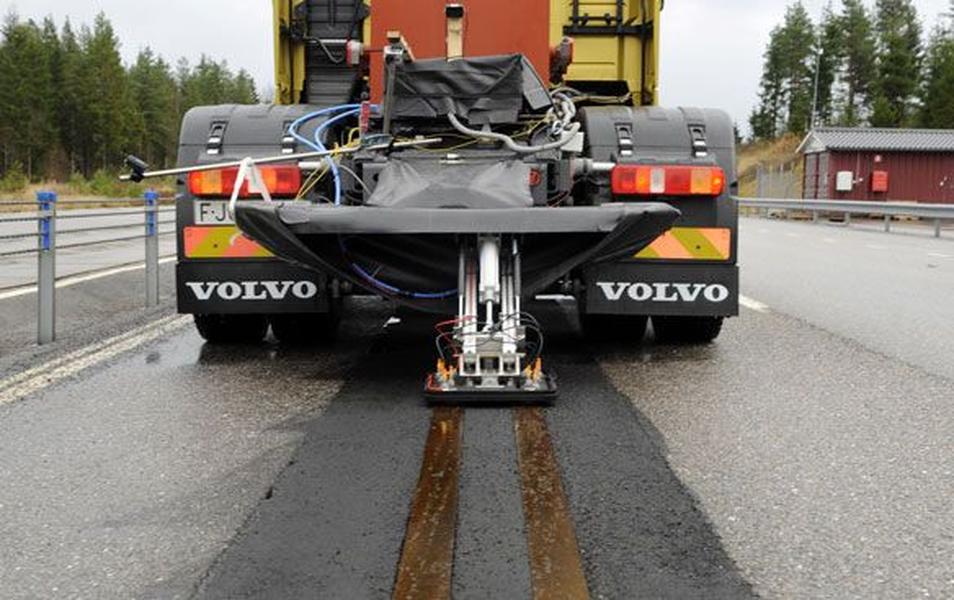
Electric cars not only already exist, but are becoming quite mainstream. But they're still a bit of a pain: You have to plug the car in for hours at a time to get a full charge.
Imagine if the vehicle could instead be charged by the road as it goes along, the way an electric train is charged by the track.
The next wave of innovation may deliver exactly that. Volvo and the Swedish Transport Administration have announced plans to create a road where vehicles — initially buses — are charged as they drive along through wireless electricity transmission. The road will be 1,000 to 1,500 feet long.
The Week
Escape your echo chamber. Get the facts behind the news, plus analysis from multiple perspectives.

Sign up for The Week's Free Newsletters
From our morning news briefing to a weekly Good News Newsletter, get the best of The Week delivered directly to your inbox.
From our morning news briefing to a weekly Good News Newsletter, get the best of The Week delivered directly to your inbox.
Wirelessly electricity transmission, also known as inductive charging, uses an electromagnetic field — similar to the way electromagnetic fields are now widely used to transmit information across wireless networks — to transmit power. The earliest applications have been in charging smartphones and other household gadgets. But use on a road may be the thing that drives electric vehicles into the mainstream. Obviously, the technical challenge is large, because it takes a lot more power to fuel buses and cars than smartphones. And moving buses and cars adds more complication.
But in principle, this could be huge.
A free daily email with the biggest news stories of the day – and the best features from TheWeek.com
John Aziz is the economics and business correspondent at TheWeek.com. He is also an associate editor at Pieria.co.uk. Previously his work has appeared on Business Insider, Zero Hedge, and Noahpinion.
-
 Guess the Number: January 2026
Guess the Number: January 2026Puzzles The daily number puzzle from The Week
-
 The Week’s big New Year’s Day quiz 2026
The Week’s big New Year’s Day quiz 2026Quiz of the Year How much do you remember about 2025’s headlines? Put yourself to the test with our bumper quiz of the year
-
 Is tanking ruining sports?
Is tanking ruining sports?Today's Big Question The NBA and the NFL want teams to compete to win. What happens if they decide not to?
-
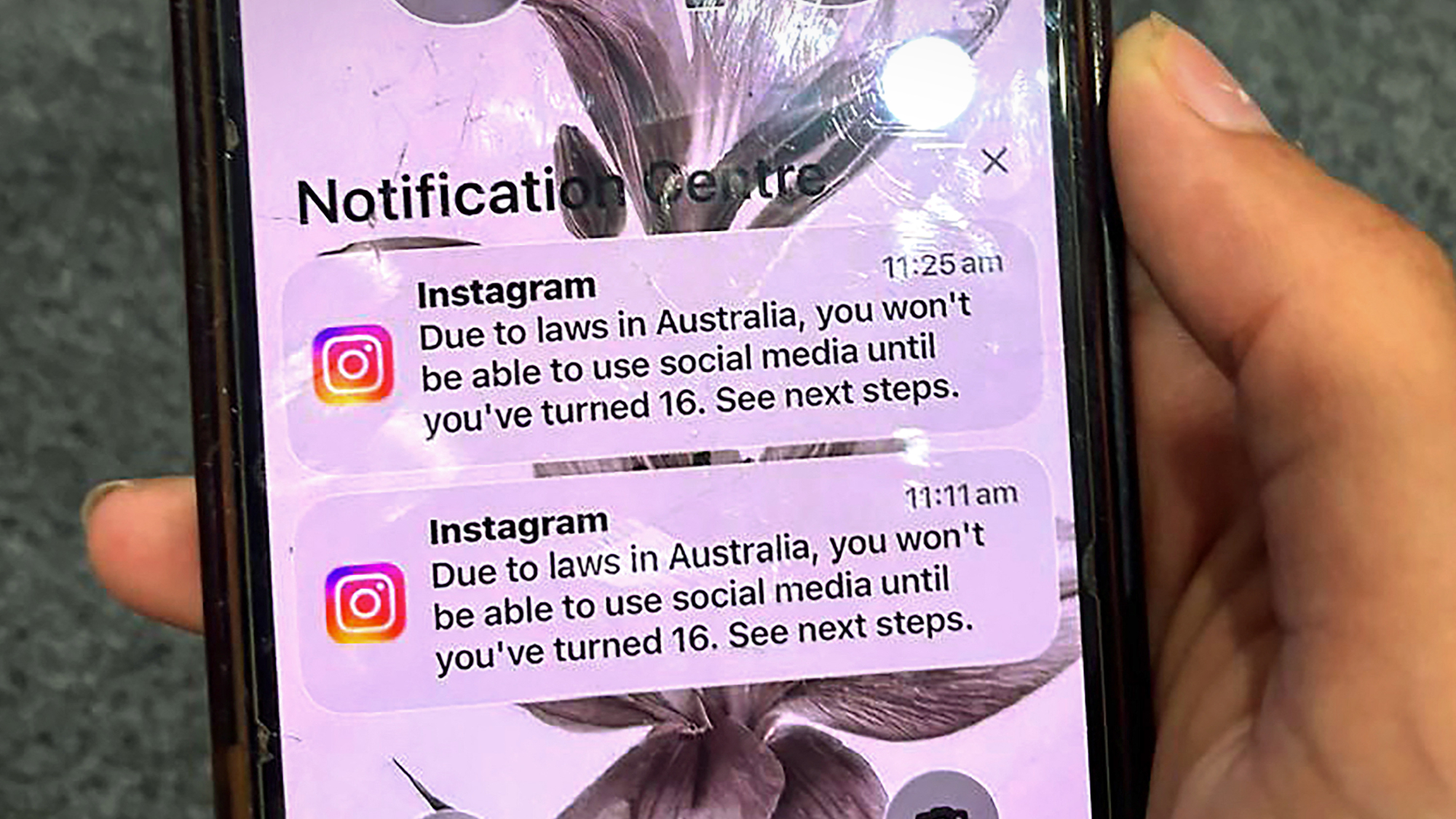 Australia’s teen social media ban takes effect
Australia’s teen social media ban takes effectSpeed Read Kids under age 16 are now barred from platforms including YouTube, TikTok, Instagram, Facebook, Snapchat and Reddit
-
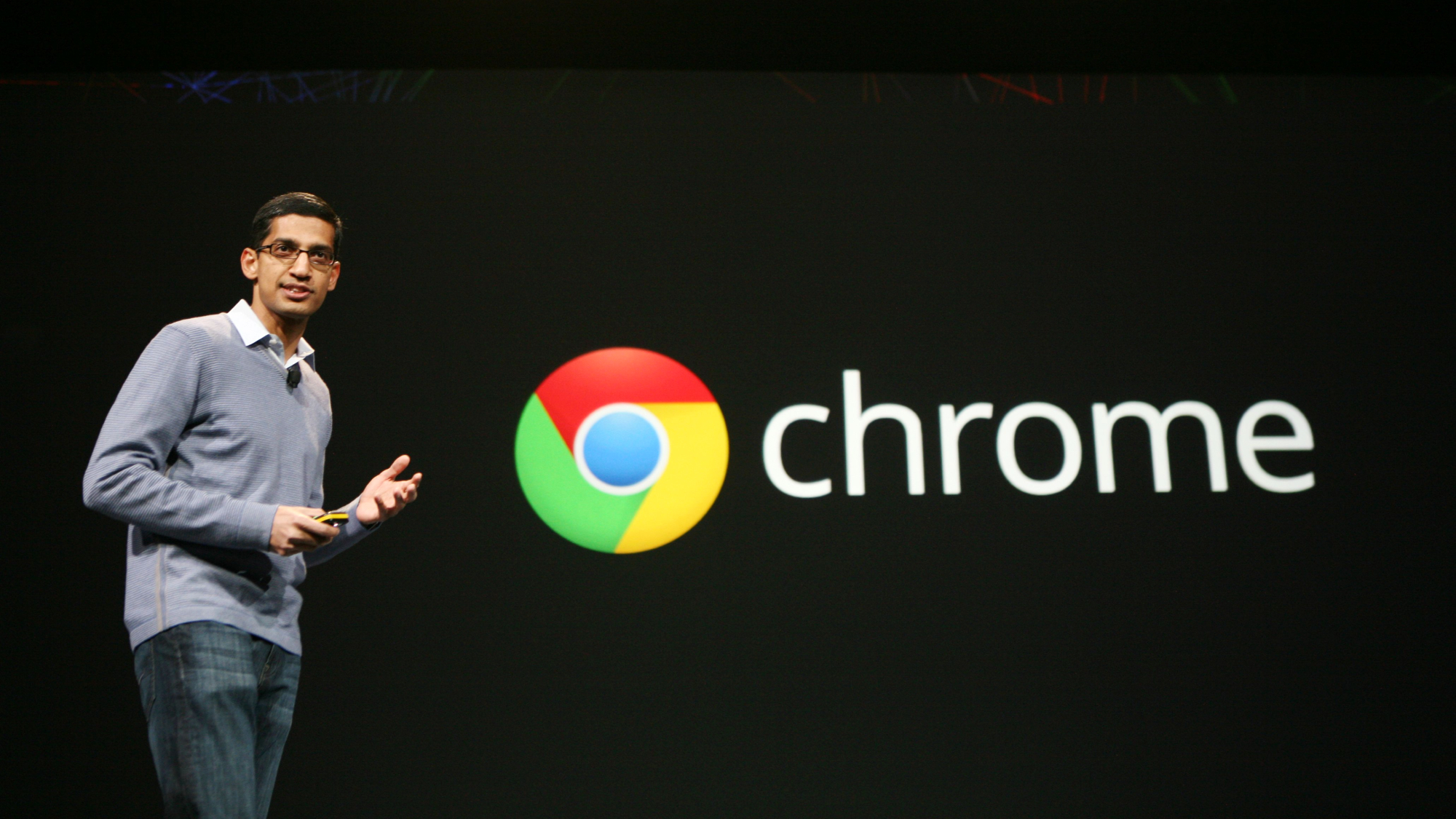 Google avoids the worst in antitrust ruling
Google avoids the worst in antitrust rulingSpeed Read A federal judge rejected the government's request to break up Google
-
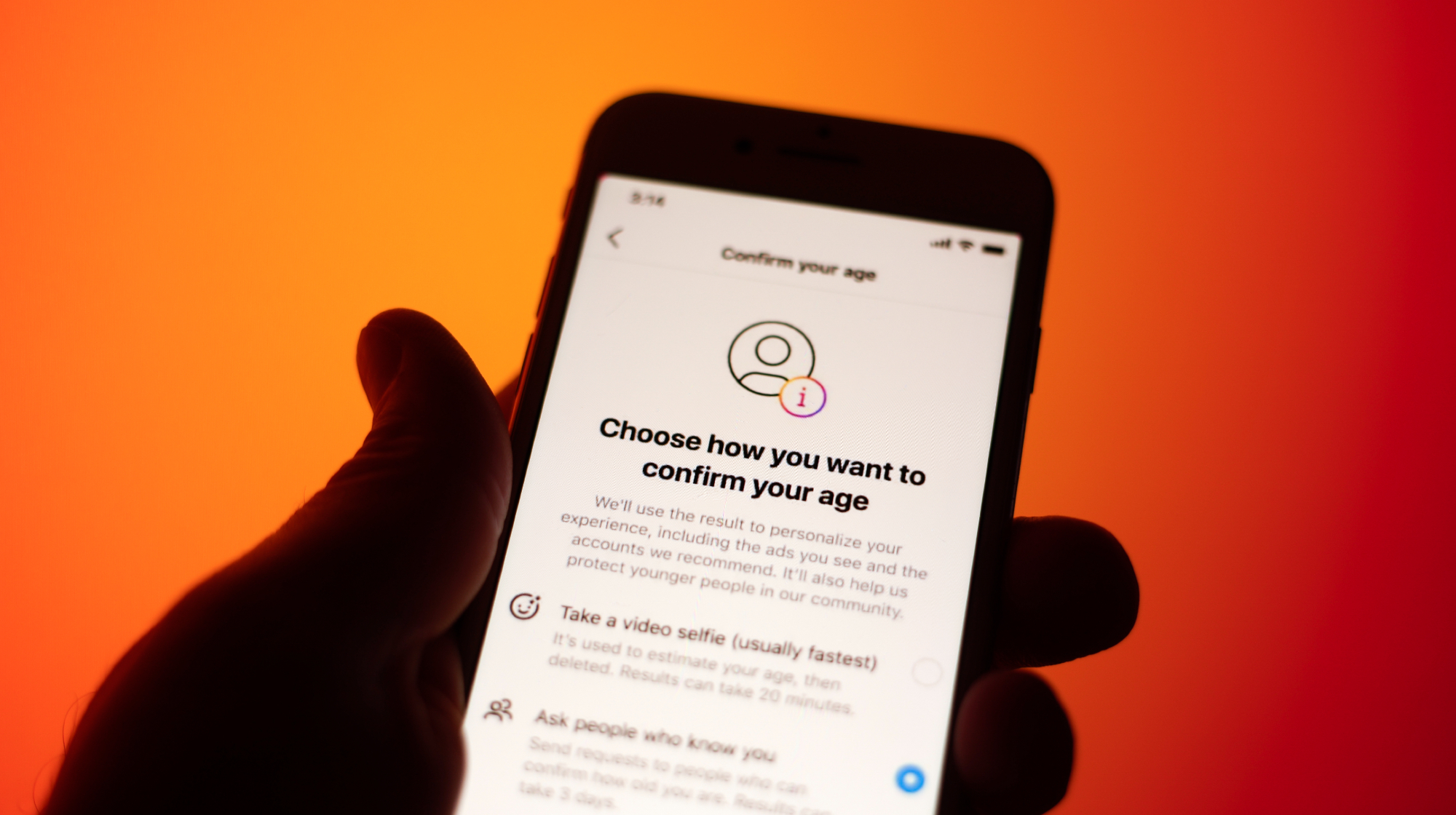 Supreme Court allows social media age check law
Supreme Court allows social media age check lawSpeed Read The court refused to intervene in a decision that affirmed a Mississippi law requiring social media users to verify their ages
-
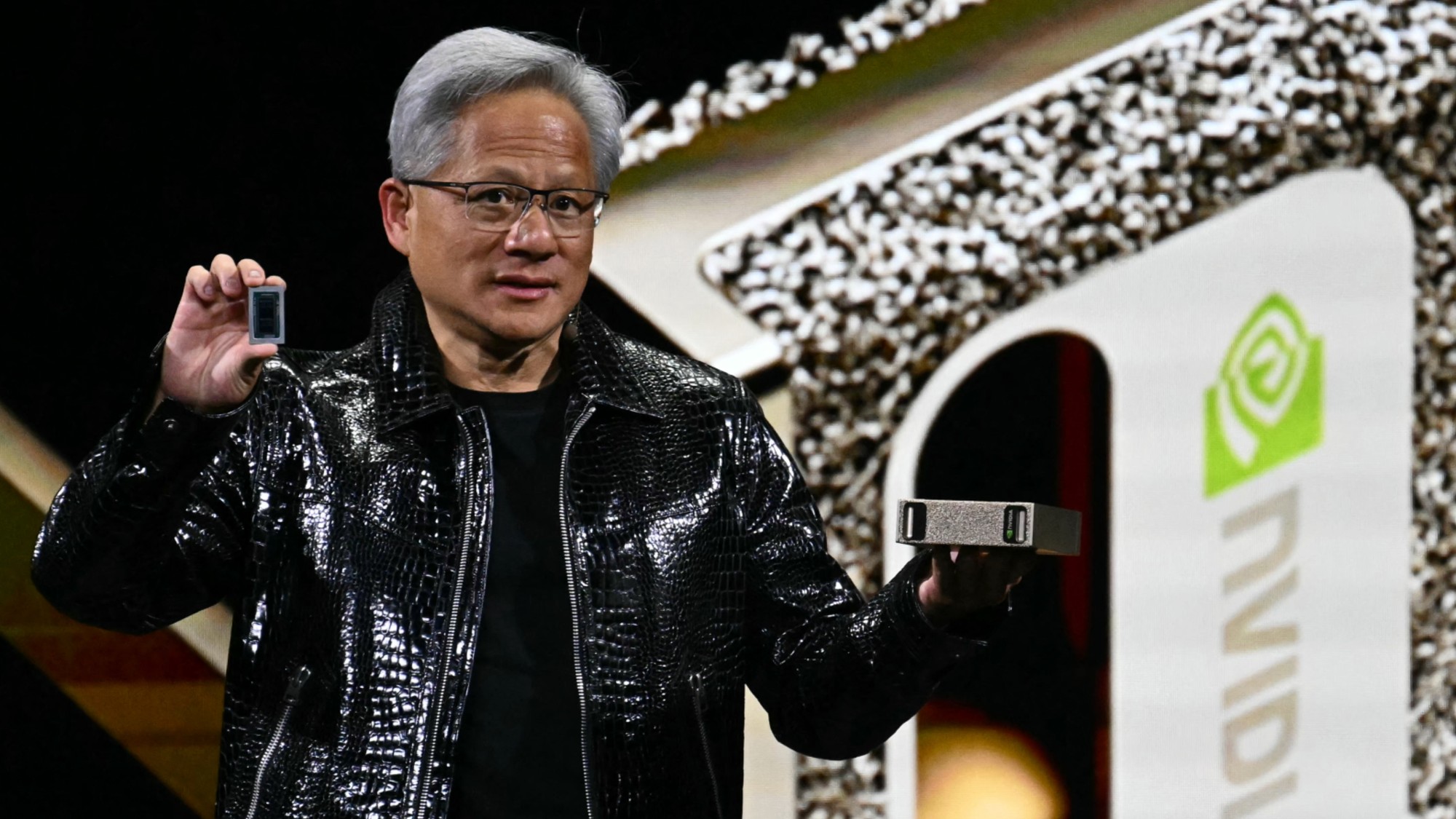 Nvidia hits $4 trillion milestone
Nvidia hits $4 trillion milestoneSpeed Read The success of the chipmaker has been buoyed by demand for artificial intelligence
-
 X CEO Yaccarino quits after two years
X CEO Yaccarino quits after two yearsSpeed Read Elon Musk hired Linda Yaccarino to run X in 2023
-
 Musk chatbot Grok praises Hitler on X
Musk chatbot Grok praises Hitler on XSpeed Read Grok made antisemitic comments and referred to itself as 'MechaHitler'
-
 Disney, Universal sue AI firm over 'plagiarism'
Disney, Universal sue AI firm over 'plagiarism'Speed Read The studios say that Midjourney copied characters from their most famous franchises
-
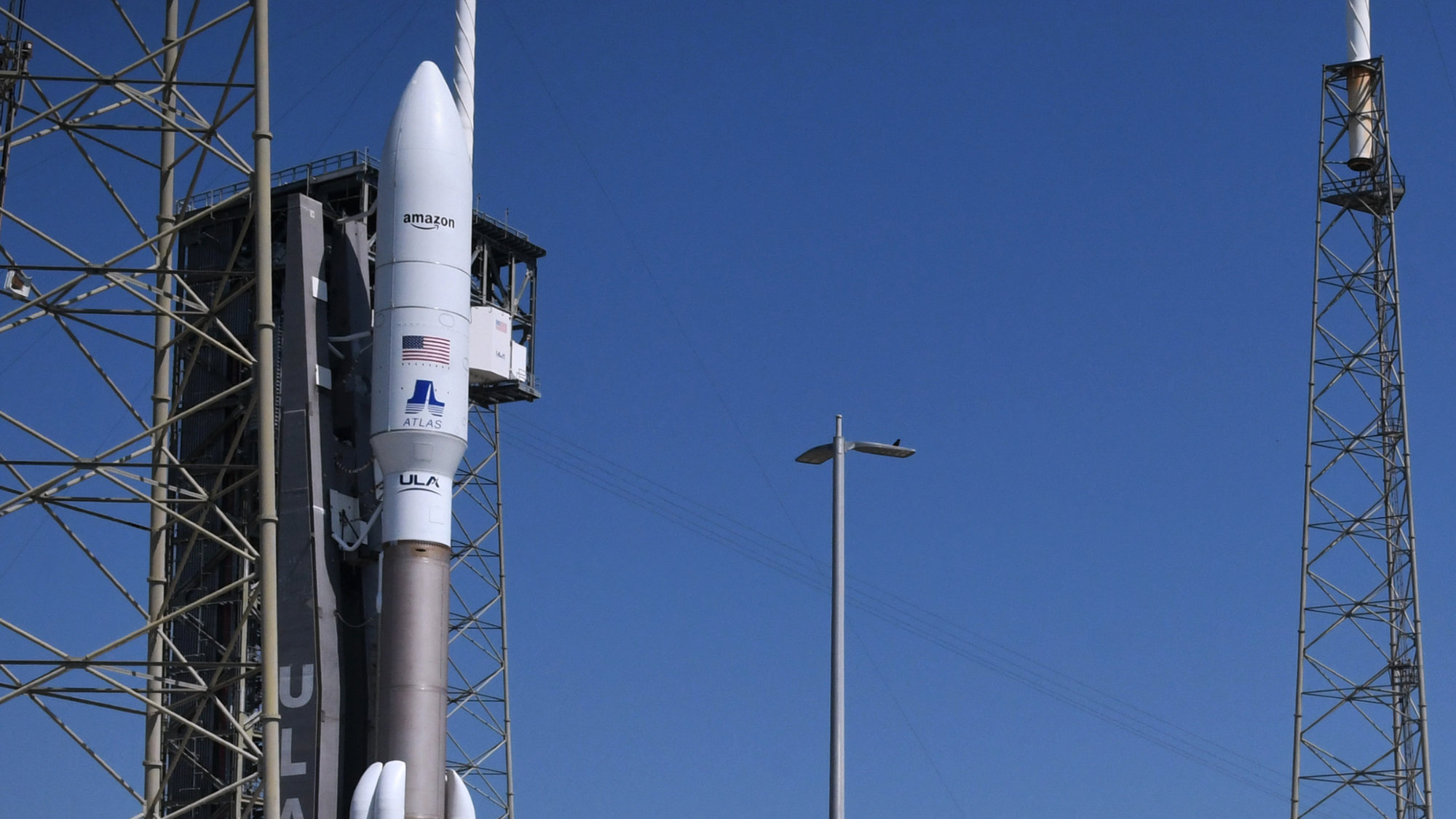 Amazon launches 1st Kuiper internet satellites
Amazon launches 1st Kuiper internet satellitesSpeed Read The battle of billionaires continues in space